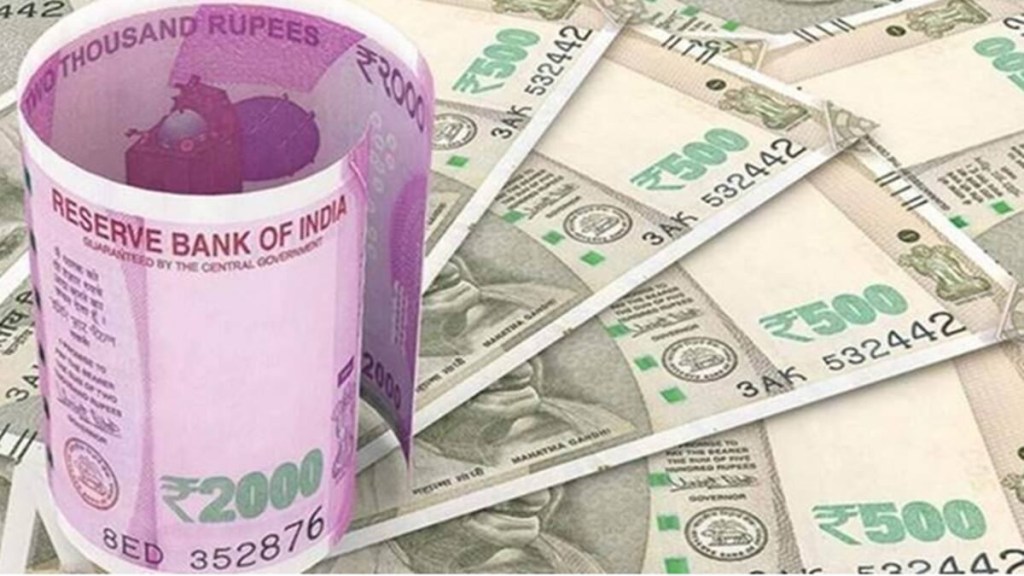The rural recovery may be some time away given real wages in the hinterland contracted for 16 straight months to March. High inflation has hurt rural incomes crimping purchasing power.
Moreover, unemployment seems to be relatively high with the demand for work under the MGNREGS(Mahatma Gandhi National Rural Employment Guarantee Scheme) increasing in June. About 44.23 million individuals opted for work in June, up 2.3% year-on-year, preliminary data from the rural development ministry shows. Demand for these jobs had also risen in May.
The Centre for Monitoring Indian Economy put out data that showed unemployment in rural India hit a two-year high of 8.73% in June pushing up total unemployment for the month to over 8%. While June is a lean season for the agricultural sector, the increase is worrying.
To be sure, there are some signs of a revival in the rural economy. For instance, tractor sales have been reasonably good rising 7% y-o-y between January and May. Also registration data from Vahan shows sales of two-wheelers were up 7% in June. However, wholesale despatches from HeroMotocorp, which sells about half its production in rural markets, were down close to 9% y-o-y in June. Analysts were expecting bigger despatches from the two-wheeler maker but this did not materialise.
Pranjul Bhandari, chief economist, HSBC India, believes rural growth may be the area to monitor carefully. “To the extent that a lot of the inflation problem is addressed via timely imports instead of higher domestic production, rural incomes can hurt. In fact, rural terms of trade have been on the weaker side for a while,” Bhandari wrote on Tuesday.
Analysts at Nomura noted that while rural demand for consumer staples is likely to have witnessed a sequential recovery in the June quarter, albeit at a gradual pace. “ We note the full benefit of the rabi harvest money did not translate into product or consumer demand due to a delayed harvest,” they observed, adding that this will likely support a further pickup or recovery in rural demand barring any impact of El Nino or a deficit monsoon.
Economists point out that given retail inflation eased in April and May, this would have had a salutary impact on real rural wages. Also as Bhandari points out, the diversification in the agricultural sector has been positive for growth and India’s GDP growth seems to be less sensitive now to monsoon rains. “But having said that, it does get impacted when rains are sub-par,” she observed.

